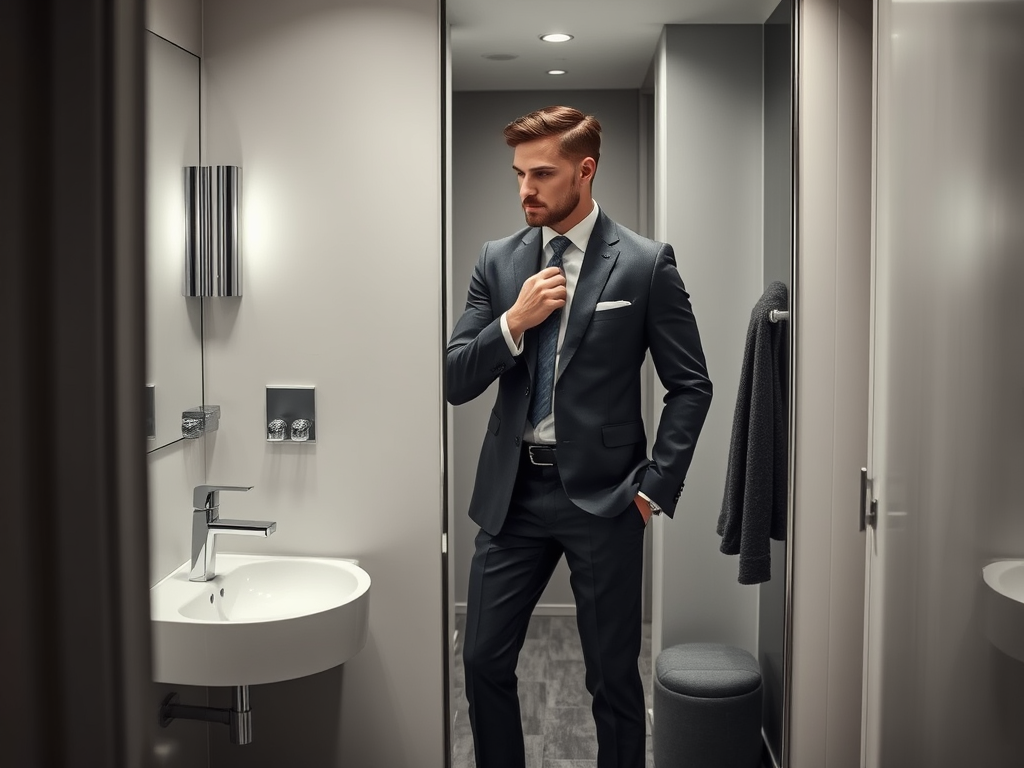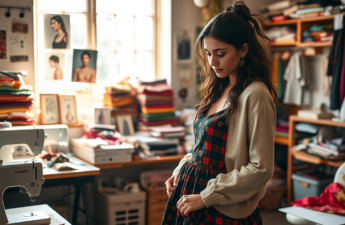In today’s competitive work environment, standing out for the right reasons is essential. Often, your attire is the first thing others notice, and it serves as both a reflection of your personality and your professionalism. Mastering the art of office fashion can be the key to unlocking doors to new opportunities and establishing strong working relationships. Getting dressed for work goes beyond simply picking out clothes; it encompasses understanding the nuances of your workplace culture and knowing how to balance personal style with professionalism. Delving into the right fabric, color, and accessories can elevate your entire look. This article will explore the essential fashion guidelines to help you navigate the often-challenging waters of office attire.
Understanding Office Dress Codes

Culture and expectations vary from one workplace to another, making it important to be aware of your office’s dress code. Generally, offices fall into several categories when it comes to attire expectations. Properly adhering to these guidelines not only showcases your understanding of workplace etiquette but also demonstrates your respect for company standards. Here’s a quick look at the various types of dress codes you may encounter:
- Business Formal: Usually reserved for high-stakes meetings and events, it requires the utmost in tailored clothing.
- Business Professional: This dress code is slightly less formal but still calls for tailored suits and polished footwear.
- Business Casual: Comfort is key here while still maintaining a professional appearance.
- Casual Fridays: Often a welcome break, allowing more relaxed attire at the end of the week, still keeping professionalism in mind.
Choosing the Right Attire

A fundamental part of appearing professional is your attire selection. This includes understanding fabrics, fits, and styles that blend well within professional settings. When selecting materials, opt for fabrics that breathe yet maintain a crisp, clean look. Natural fibers like cotton and wool often create a fresh aesthetic, while synthetic blends can offer the durability and ease of care vital for daily wear. You can achieve a polished look by wearing well-fitting garments; it’s often said that fit is the most crucial aspect of a good outfit.
When it comes to style, consider classic cuts that endure through various seasons. For example, blazers and tailored trousers are timeless staples that can be dressed up or down depending on the occasion. Additionally, color plays a significant role in projecting the right professional image. Neutral colors like navy, gray, and beige are versatile, allowing easy mixing and matching. Meanwhile, accent colors can be incorporated through accessories or other garments, providing a personal touch without overwhelming your outfit.
| Dress Code | Description | Ideal Attire |
|---|---|---|
| Business Formal | Highly formal attire for important meetings | Tailored suit, dress shirt, and polished shoes |
| Business Professional | Conservative yet slightly relaxed attire | Suit or blazer with tailored trousers |
| Business Casual | Smart yet unstructured attire | Collared shirts and tailored pants, no tie |
| Casual Fridays | Relaxed end-of-week attire | Well-fitted jeans and a polo shirt |
Essential Wardrobe Staples
Every professional wardrobe should be supported by some essential staples that provide versatility. For women, blazers come first as they can transform almost any outfit, effortlessly combining style with authority. Tailored trousers and skirts are also indispensable; they work well for both formal and casual settings alike. Meanwhile, shoes can elevate a look from ordinary to exceptional—aim for a pair that balances comfort and professionalism without compromising on style.
- Women’s Staples:
- Blazers
- Tailored trousers or skirts
- Professional footwear that supports long hours
- Men’s Staples:
- Tailored suits for various occasions
- Well-fitted shirts paired with tasteful ties
- Dress shoes that complement your suit
Accessorizing Professionally
The right accessories can enhance your appearance while showcasing your unique style. Watches are not only functional but also convey a sense of punctuality and professionalism. A classic timepiece elevates your outfit and serves as a conversation starter. Belts and ties can also accentuate your attire; keep them aligned with your overall outfit for a cohesive look. When it comes to jewelry, remember that less is often more. Opt for understated pieces that maintain a sense of professionalism without drawing excessive attention.
In a professional setting, your grooming and personal care habits are just as crucial as your wardrobe. Maintaining a clean and polished appearance signals to others that you respect yourself and your work. For instance, having well-groomed hair that suits a professional environment is essential. The right hairstyle can complement your outfit dynamically, while the appropriate make-up can enhance features subtly. When in doubt, keep your look clean and simple, allowing your capabilities and professionalism to shine through.
Conclusion
Looking professional in the workplace is an art that intertwines personal expression with an understanding of professional expectations. Crafting the perfect outfit involves a careful selection of attire, versatile staples, complemented by thoughtful accessories and grooming routines. The impact of dressing well can be profound—instilling confidence in yourself while creating positive impressions on colleagues and clients. Invest time in curating a wardrobe that resonates with both your individuality and your profession, as it plays a crucial role in defining your professional presence.
Frequently Asked Questions
What should I wear to a business formal meeting?
Opt for a tailored suit for men or a sophisticated dress or pant suit for women, with polished shoes.
Can I wear jeans to the office?
This depends on the company’s dress code. If business casual is permitted, dark, well-fitted jeans may be acceptable.
What colors are best for an interview?
Neutral colors like navy, black, and gray are recommended, as they convey professionalism.
How can I add personality to my work attire?
Consider adding statement accessories or featuring a pop of color through a blouse or tie, while maintaining a professional overall look.
How often should I update my professional wardrobe?
Assess your wardrobe seasonally and consider updating items that are worn out or no longer fit well.



